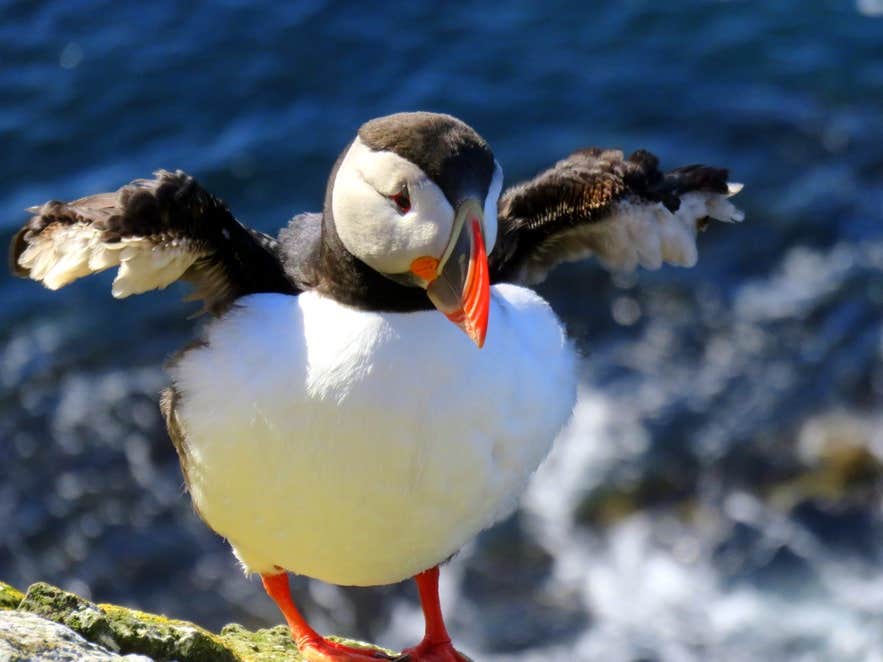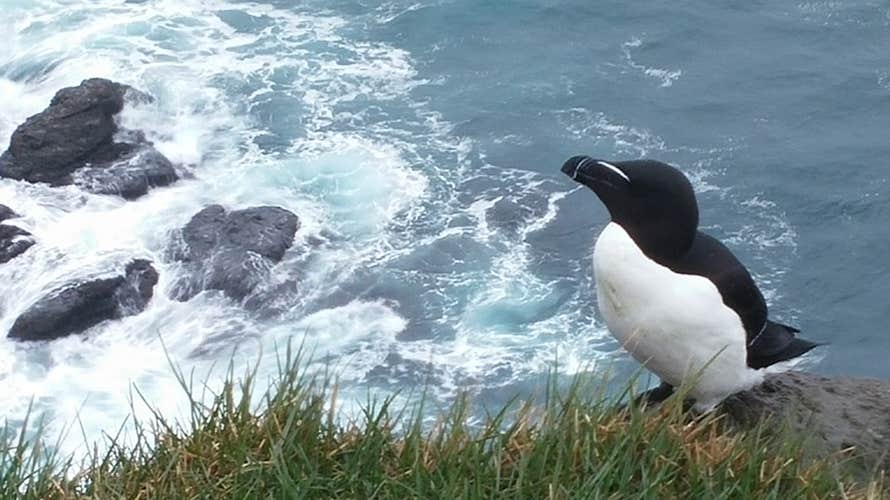説明
まとめ
説明
お手つかずの自然と独特なフィヨルド風景が有名なウェストフィヨルドを訪れてみませんか?1泊2日もあれば、充実したこの西フィヨルドのツアーがお勧めです!
レイキャビク国内空港からフライトを使い、アイスランドの西フィヨルドにあるビルドゥダルル空港へと移動します。車では片道約6時間かかるのに、飛行機で行くとたった40分に移動時間を短縮することができ、時間のない方に便利です。ビルドゥダルル空港までガイドがお出迎えし、スーパージープに乗って観光へGO!
1日目にはパフィン等の野鳥観察に最適な場所、ラゥトラビャルグの崖を訪れ、アザラシのコロニーとロイザサンドゥル海岸の見学が予定されています。1日目の観光をしましたら、ホテルで2コースディナーを楽しみます。
2日目はアルトナフィヨルズルを目指して車を走らせます。雄大でダイナミックなフィヨルドは圧倒的な光景を見せてくれます。最後に絶景スポットのディンヤンディの滝を見学します。裾広がりの美しいディンヤンディの姿を堪能してからレイキャビクへとフライトで戻ります。レイキャビク空港には13:30頃到着しますので、その後は街の散策など自由に午後を過ごすことができます。
ウェストフィヨルドに初めて行く方はこのツアーがお勧めです!カレンダーで日付を選択して、お早めにご予約ください!
冬にこちらのツアーにご参加になる方は冬のウェストフィヨルド2日間|レイキャビクからの往復航空券、夕食付きからご予約ください。















